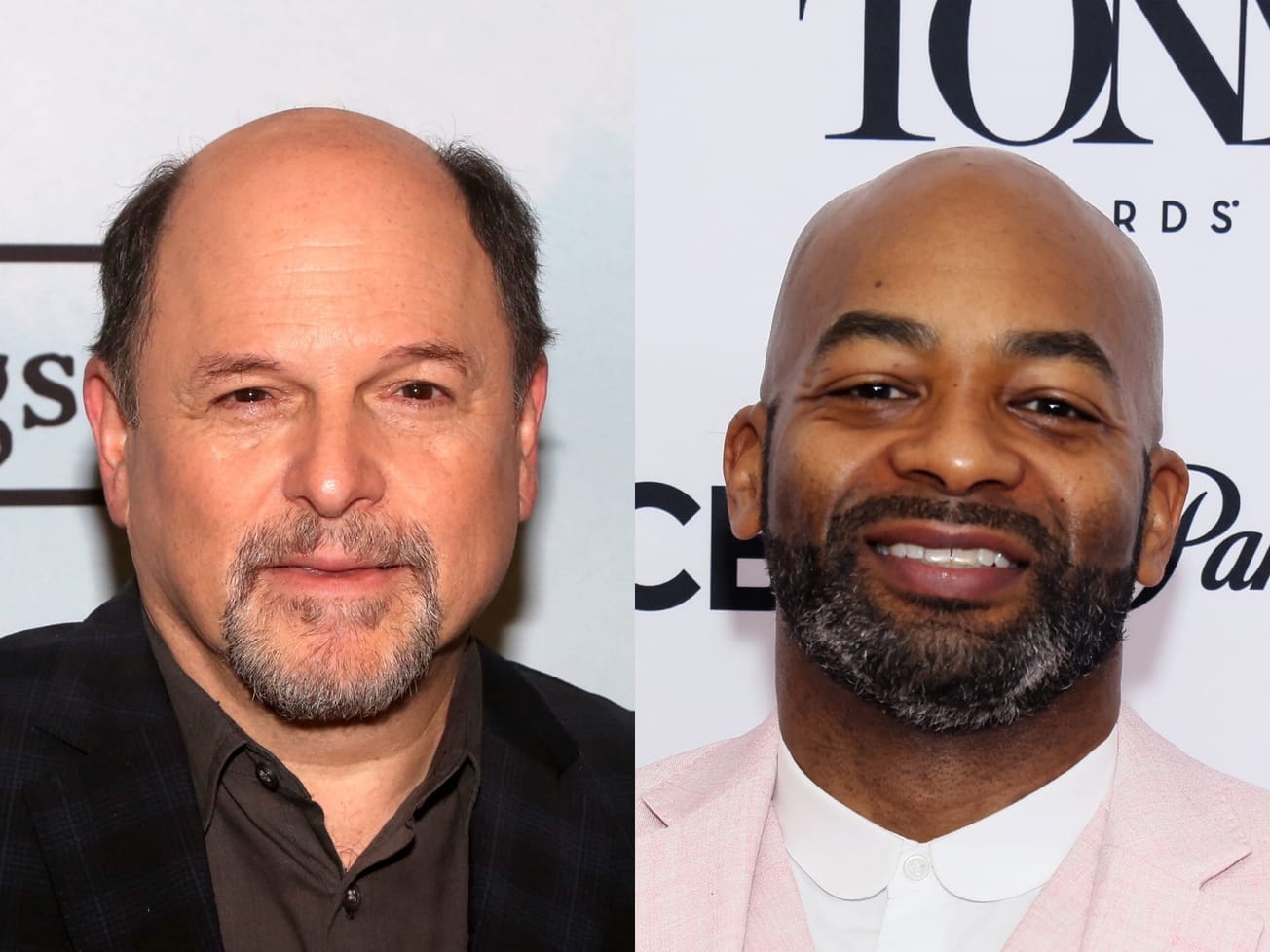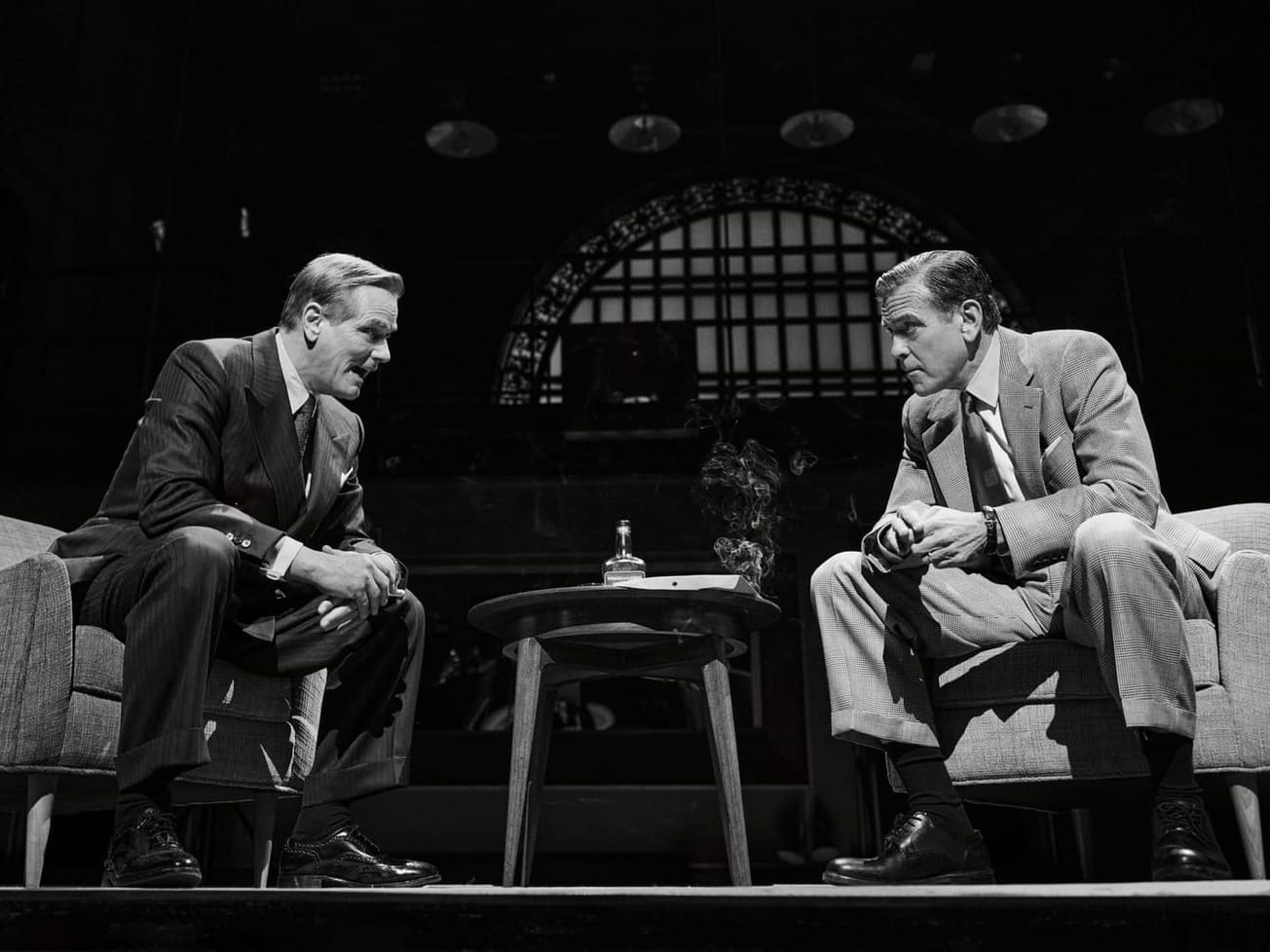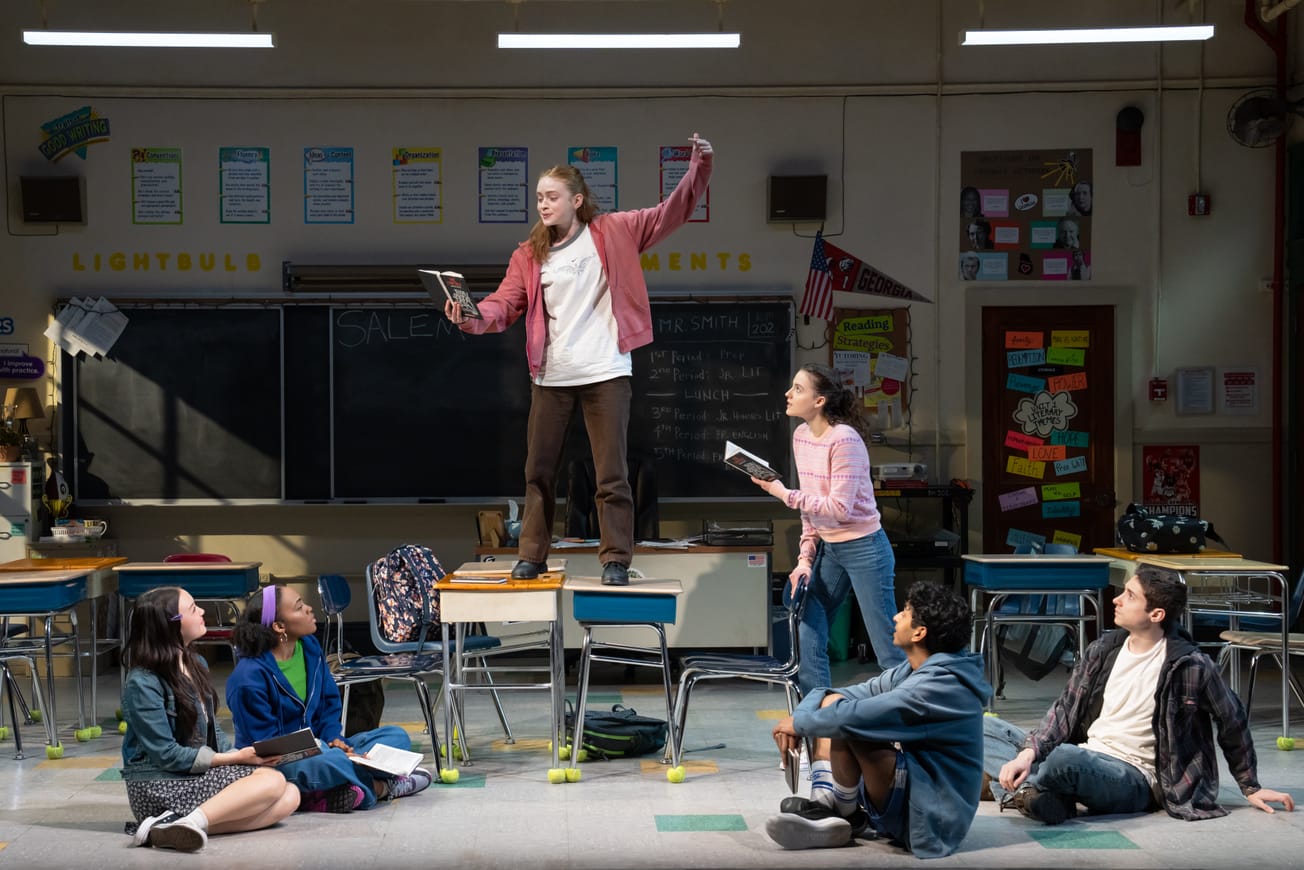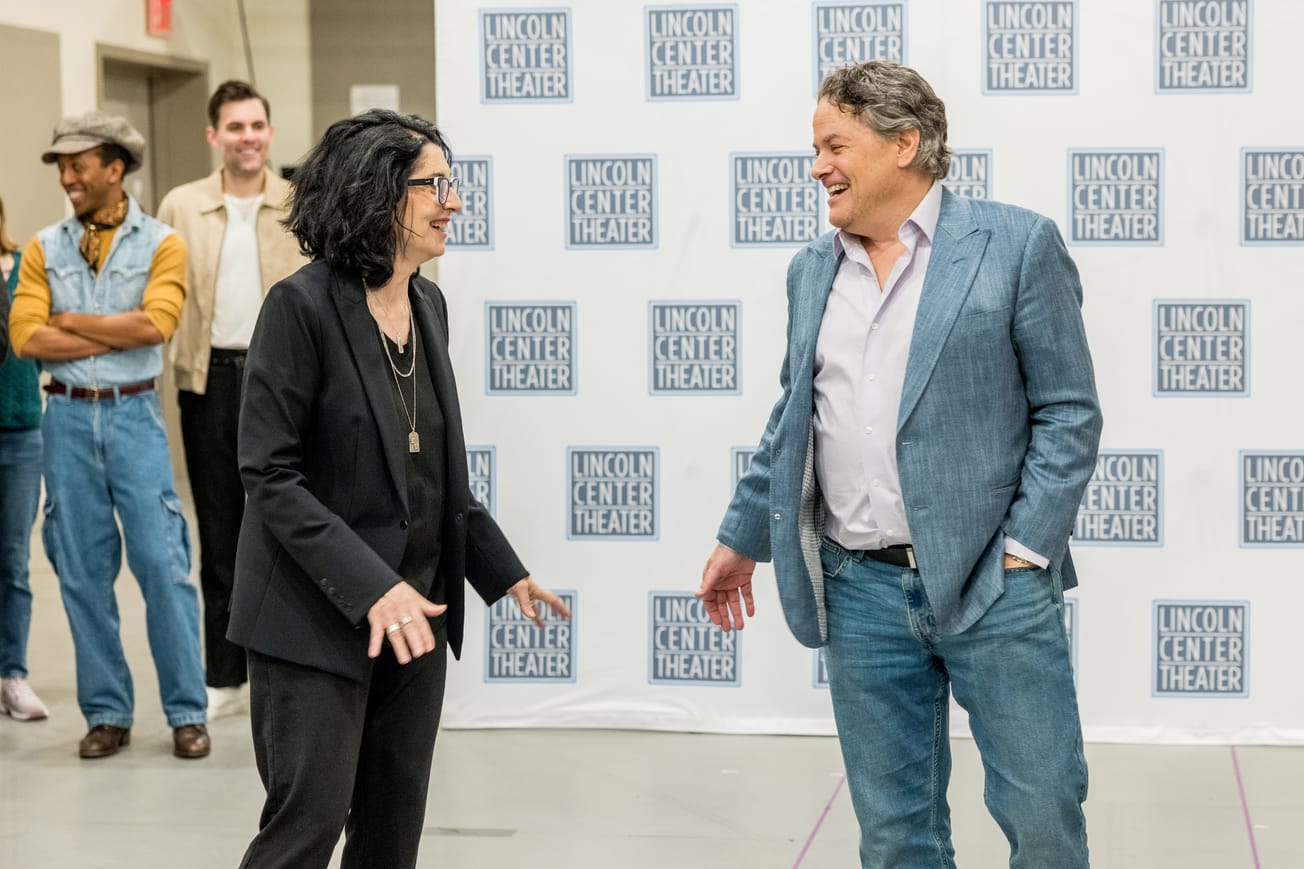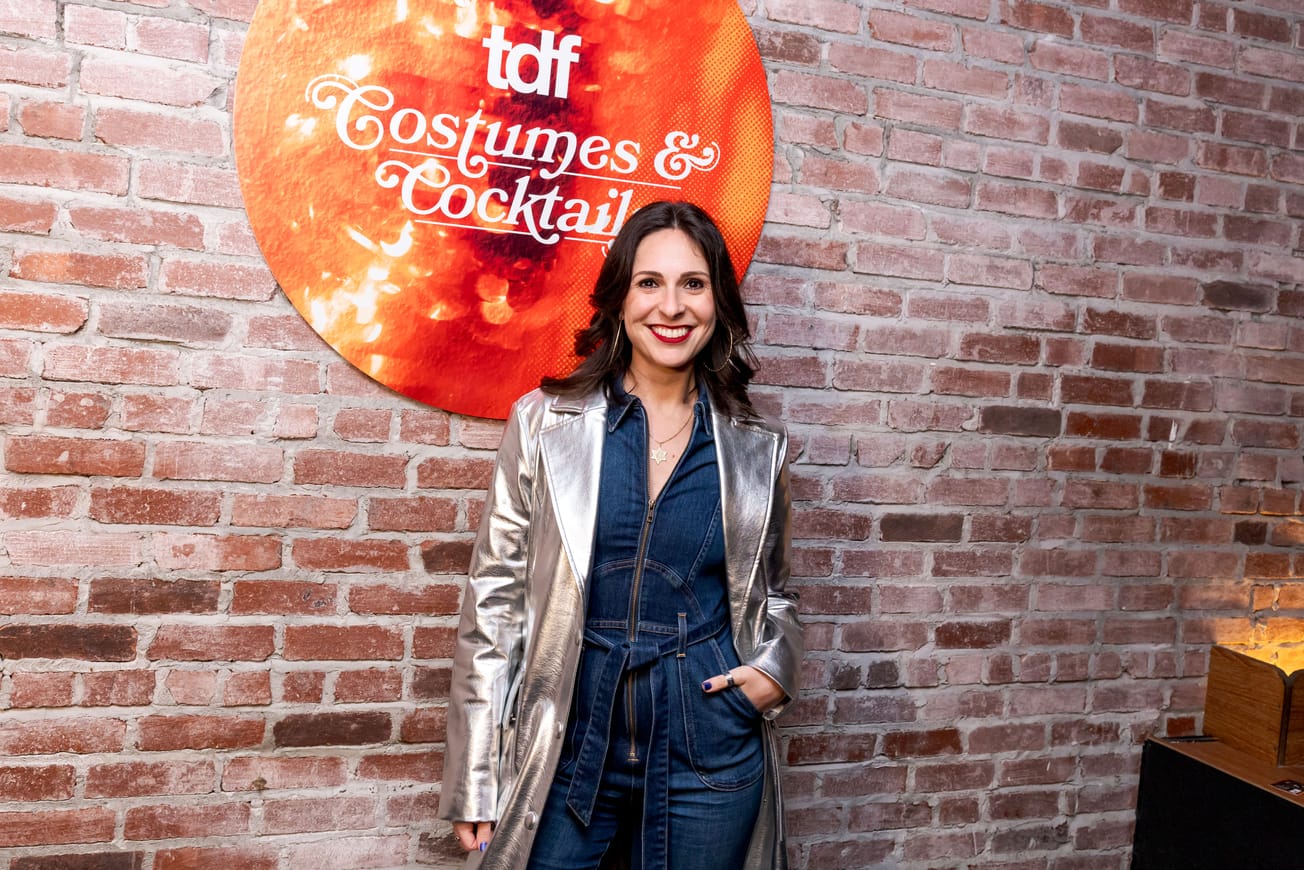Seven autistic young adults work with their group counselor to prepare for a spring formal dance. It’s a seemingly straightforward plot, but communicating it in a way that will resonate with the marginalized community it spotlights is more complex.
“How to Dance in Ohio,” the original musical adapted from the award-winning documentary of the same name, is headed to Broadway with a cast led by seven autistic actors portraying a group of autistic young adults balancing triumphs and failures.
Harold Prince was developing the project back in 2018. After the legendary director-producer’s death, Prince’s protégé Ben Holtzman and P3 Productions — his own company with Sammy Lopez and Fiona Howe Rudin — have taken over shepherding the musical. But their producing process has been unlike one that Prince and his contemporaries likely would have imagined.
P3 has engaged a full consulting team to advise on both the creative material and the logistical process of mounting it. The multidimensional nature of this team has fully altered the development of this Broadway-bound musical.
“I’ve noticed that the small shift in things like [our] accessibility questionnaire that went to everyone — not just the neurodiverse cast members — created a more open communication that had all these other ripple effects,” said Rudin. “It’s really so seismic when it starts with something so small.”
Producers Holtzman and Lopez and consultant Ava Xiao-Lin Rigelhaupt continued the conversation with Broadway News to share their approach to producing “How to Dance in Ohio” and how taking accessibility into account has changed P3’s producing process of every show they work on.
The following has been edited for length and clarity.



















































